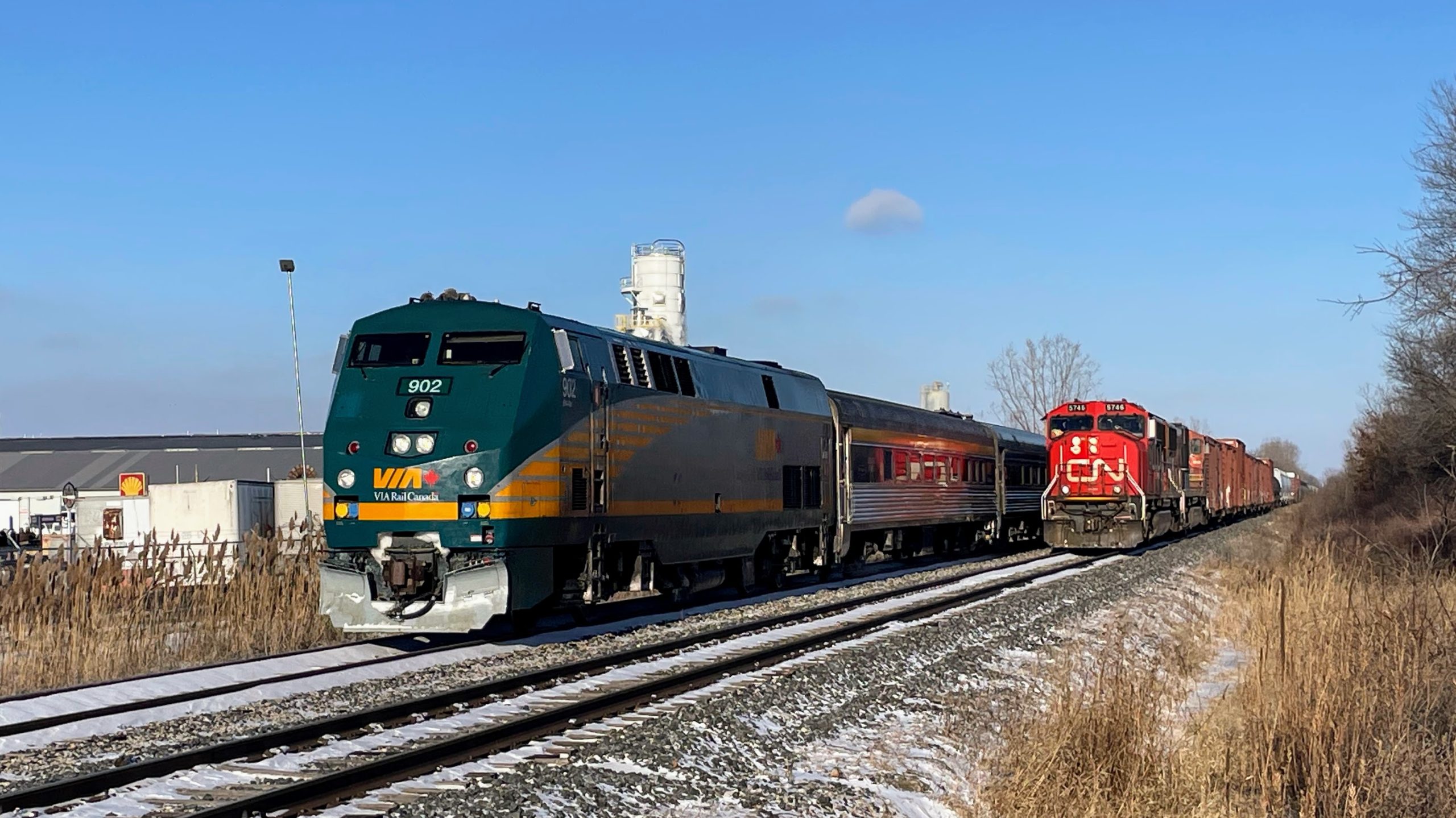Exactly and that’s not a question about what speed the train reaches, but about how well it can sustain that speed and how long it takes to reach the destination. And that is where frequency comes to play, because the lack of flexibility adds to perceived travel times, especially with the current 4-hour gaps in the schedule (e.g., train 64 leaves Toronto for Montreal at 11:32, followed by train 66 at 15:17).
My frustration with VIA’s schedule is not the five hours (and often more) of productive work time I spend on board its superb Business Class, but that I’m forced to leave my office before lunch if I want to be home in time to bring my kids to bed in the evening. Doubling the frequency (thus offering a 1:30 departure which allows me to be home by 7pm) would have a much bigger impact on my travel behavior than cutting 60 or 90 minutes from the scheduled travel time…
I really have a hard time faulting anyone living in Atlantic Canada, the Prairies or at the Pacific Coast for failing to see the value which HSR in the Q-W Corridor would bring for their lives - let alone those living in First Nations communities who are basically left to rot with crowded and mouldy schools and dirt roads as the only means of access while being denied access to cell phone reception or even sanitary running water, thanks to an eyewatering infrastructure investment backlog of $349 billion while we keep enriching ourselves on the lands we stole from them:
Ottawa has pledged to close the infrastructure gap by 2030. An official said decades of underfunding means Canada has bills “yet to be paid.”

www.thestar.com
No, there really are much more pressing priorities in this cruel joke of a “rich and developed” country than spending something like $50 billions on shiny bullet trains, when one-third of that amount (spent still on trains, but slightly slower ones) would still achieve two-thirds of the benefits…
I’m not sure you realize just how dependent Western Canadians (and thus the Canadian Air industry) are on domestic air routes in their half of this (very unlike Italy) vast and sparsely populated country, exactly because (and very unlike the T-O-M triangle) there are no credible alternatives:
Despite being only a mid-sized airport in terms of annual passenger numbers, Vancouver International Airport (YVR) punches well above its weight.

dailyhive.com








